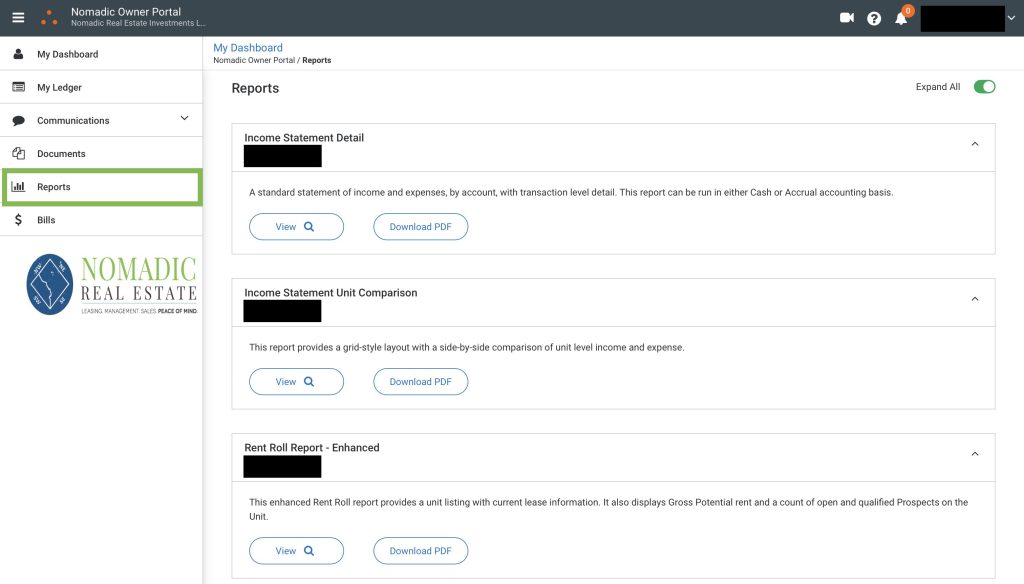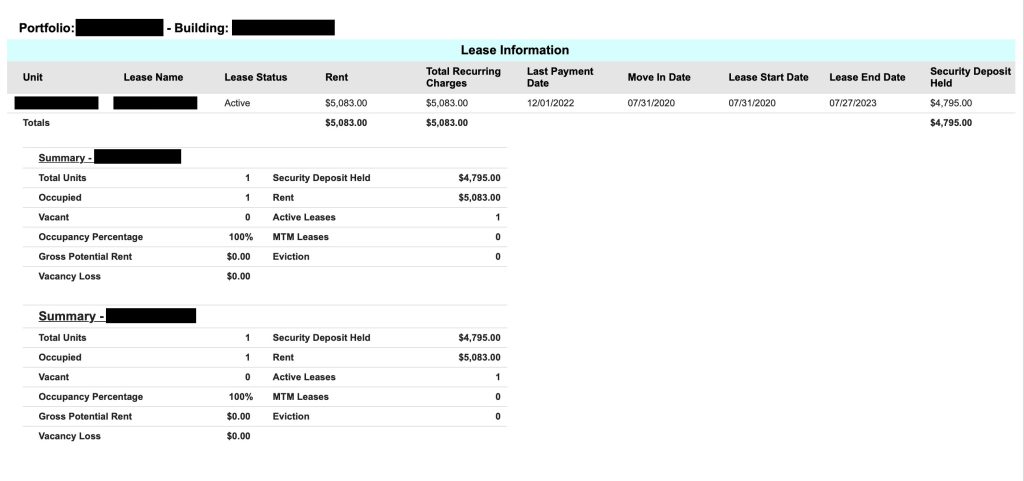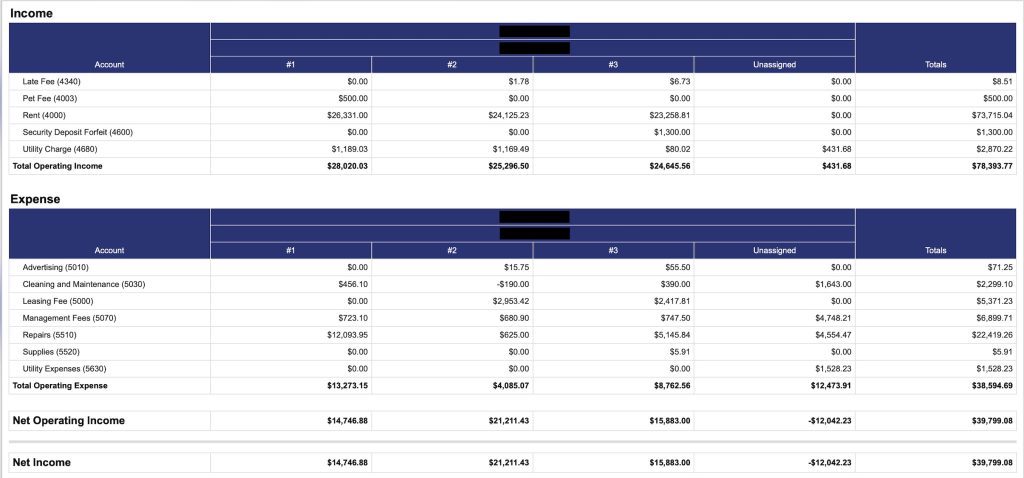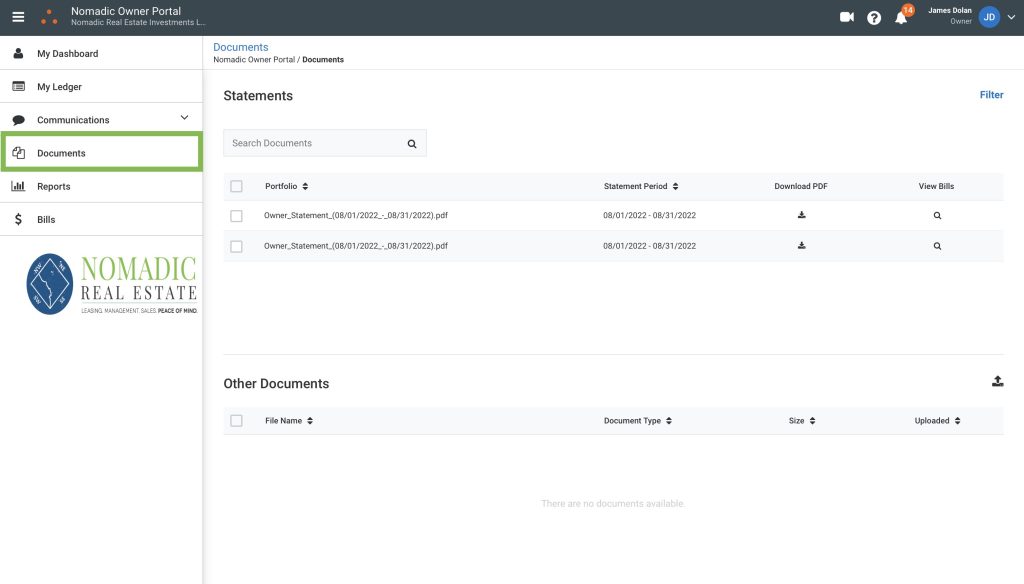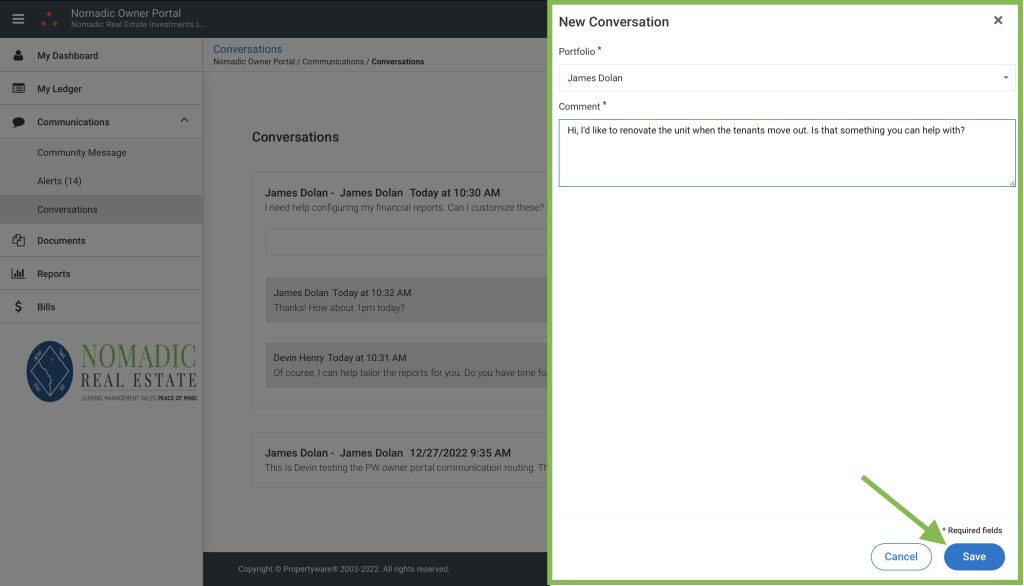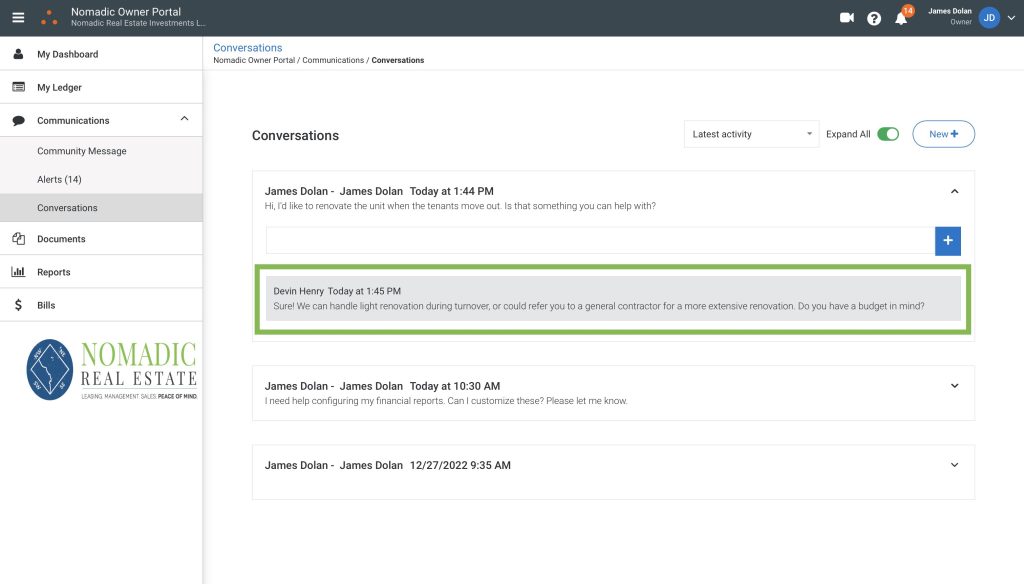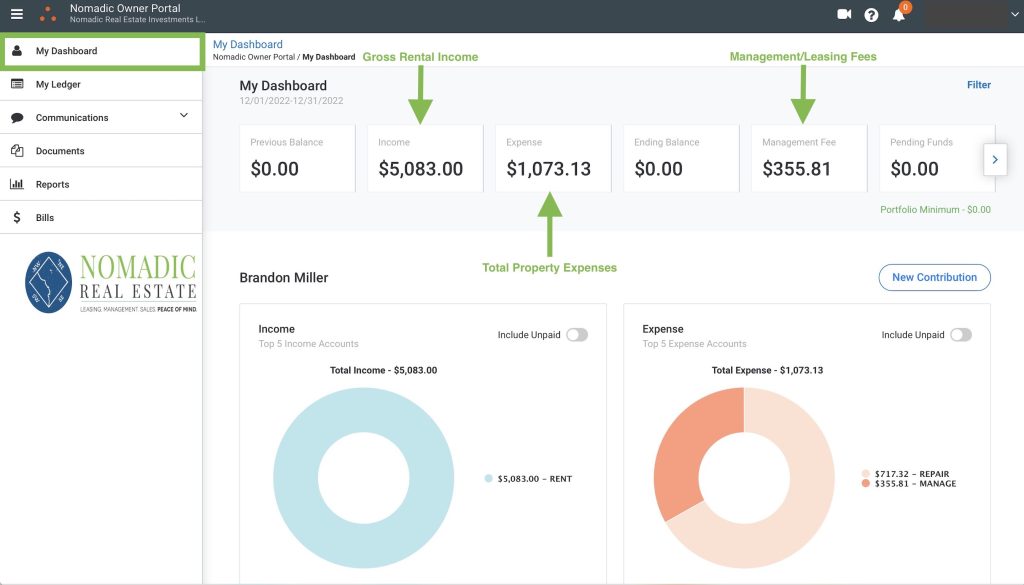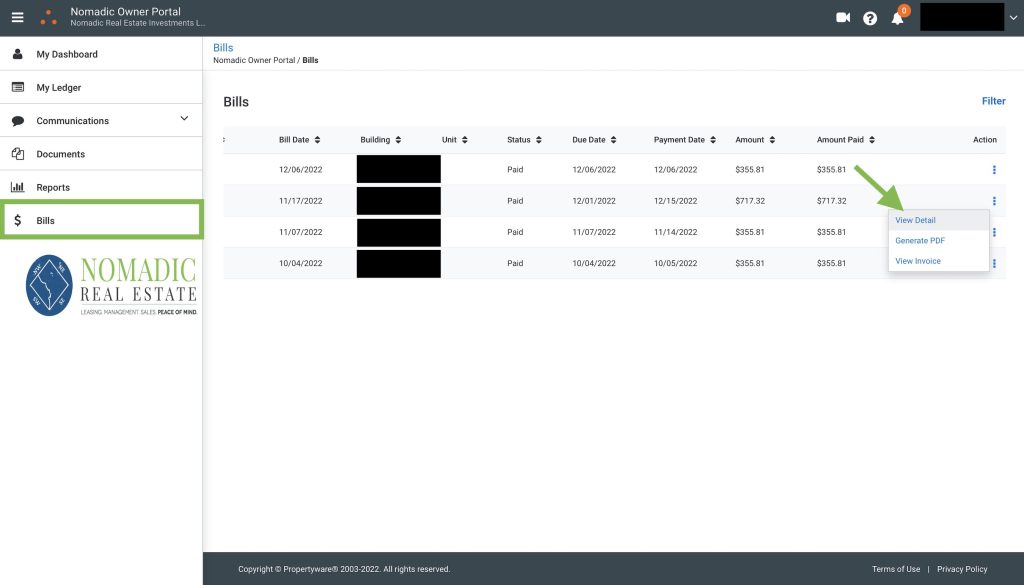Are you a DC property owner looking to earn a sizable rental income?
Due to the proportion of federal government employees, DC is a company town. Given its nature, the city attracts some high-earners looking for a place to stay.
DC is full of old large houses. Housing codes and zoning laws changed in 2016 and make it possible for homeowners to create an “accessory dwelling unit”, a portion of a property rented to tenants. You can often split these more significant properties, providing several flats or apartments for rent.
Given the drop in the average household size over recent years, homeowners find that they have spare space. This provides an incentive to convert areas like basements for rent. With rental incomes of over $2,500 per month obtainable by developing well-finished English basement apartments, there’s plenty of motivation for DC property owners to become landlords.
How do you go about converting an English basement into an investment asset? What are the DC housing regulations and housing standards to address when developing a rental property?
Read on to learn more about the laws and guidelines needed to rent out your English basement apartment in DC.
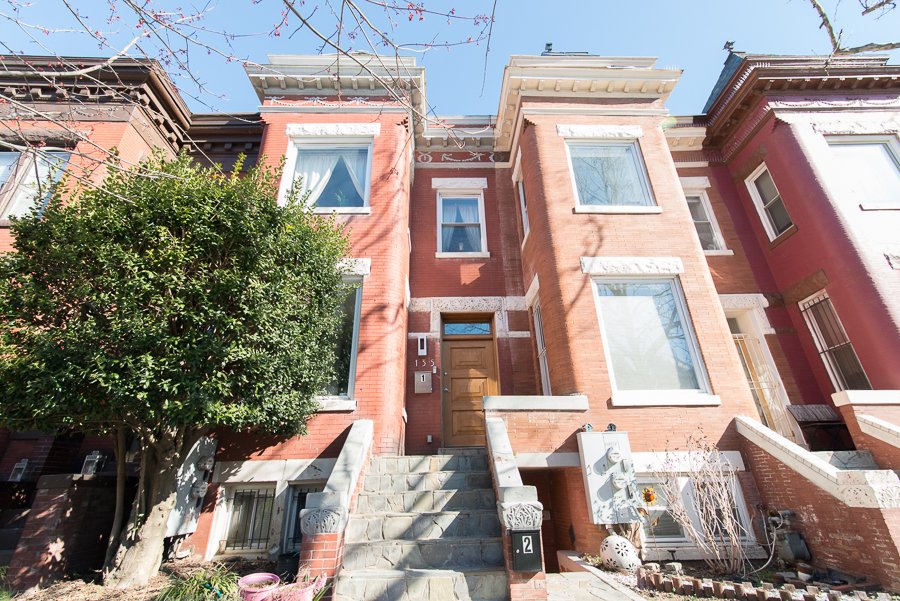
What Is an English Basement?
An English basement is an apartment on the lowest level of a building. This type of apartment is partially below ground level and will have its own entrance, which is separate from the rest of the building.
English basements are often found in many major older cities such as New York, or Washington DC. Often, English basements can be found in older properties such as brownstones or townhouses. In the past, property owners built servants quarters in their basements.
In modern times, without servants, these spaces make great apartments that are separated from the main building and rented out or sublet.
Which Housing Codes Apply When Converting Your Basement?
Before you can start converting and renting out your English basement apartment, you’ll need to make sure that you register the property for occupancy and that it is recognized as an accessory dwelling unit.
Apply to the Board of Zoning Adjustment
The first step to renting out your accessory dwelling unit is getting it approved. The Board of Zoning Adjustment will need to legally recognize it as separate property.
Fill in an application to register with the Interactive Zoning Information System. You will need to complete Form 120: Application for Variance/ Special Exception selecting the option for ‘single-family dwelling with accessory apartment for rental purposes’
To support your application, you may be asked to provide plans for the house and photos. As part of the application process, you will have to attend a hearing before the board reaches a conclusion.
Before granting permission, your neighbors will receive letters about your planned changes and given a chance to object.
Obtaining a Certificate of Occupancy
A ‘Certificate of Occupancy’ specifies the use of a building, structure, or land according to the DC Building Codes and the Zoning Regulations. The Certificate of Occupancy needs issuing by the DCRA before the property is used for any other purpose than a single-family dwelling.
If you plan on converting a basement to increase the occupancy, then you will need to obtain a Certificate of Occupancy first. The cost of the certificate depends on the square footage of your property. You will also need to complete this process whenever a home changes owners.
What Are the Specific DC Housing Regulations Relating to Basement Appartments?
Before you can offer your property for rent, you need to be sure that it meets the relevant regulations and apartment code.
There are countless different rules and regulations which apply to any residential property in DC. Your rental property may face an inspection from the DCRA before it is legally recognized as an accessory dwelling unit.
Due to the nature of a basement apartment, there are specific areas that landlords and property developers need to pay attention to.
Minimum Ceiling Height
A concern with any basement apartment is going to be the ceiling height. Due to the design of many older properties, there may be low ceilings in places. Landlords, property owners, and developers must always consider overhead clearance.
Regulations dictate that any habitable spaces, including corridors, hallways, bathrooms, toilets, and laundry rooms, have a minimum ceiling height of 7 feet.
There are some exceptions to this rule. In one or two-family dwellings, housing codes dictate that the spacing of beams and girders is no more 4 feet and project down no more than 6 inches below the required ceiling height.
In one and two-family dwellings, rooms that are used for laundry, recreation, or study can have a ceiling height of six feet eight inches with six feet four inches of clearance under beams, ducts, and other obstructions.
Rooms used for sleep or study that have a sloping ceiling will need to have at least seven feet of clearance over one-third of the room. Only areas of the room with a ceiling height of five feet will be included when calculating the square footage of the room.
Minimum Room Width
There are regulations around the minimum width of rooms. Nobody wants to live in a cramped and confined space.
For any room other than a kitchen, the minimum room width is seven feet. In the case of kitchens, this width does not apply. However, there needs to be a clear space of at least three feet between counters and appliances or walls.
In the case of existing basement rooms that are too narrow, you may need to consider redesigning the floor plan. Knocking two rooms together to create an open-plan space may prove to be an excellent solution to this problem. Not only will this help you adhere to regulations, but it will also create a more desirable living space for potential tenants.
Minimum Room Sizes
When creating an accessory dwelling unit, you need to make sure that your tenants do not feel confined and uncomfortable.
The DC Housing Code set out by DCRA states that every living room needs to be at least 120 square feet, and every bedroom has to be a minimum of 70 square feet.
Where you are unable to meet this in the current layout of the basement, think about knocking two rooms together to make one bigger room.
Privacy
Regulations state that all rental properties should be private and completely separate from adjoining properties.
For landlords creating a rented basement apartment, a separate entrance will be required so that tenants will not need to enter and leave via the upstairs property.
If the property does not have an entrance, you will need to create one.
Fire Safety
DC Fire Safety codes for apartments require that smoke alarms and carbon monoxide detectors are installed. These need to be maintained in all residential premises.
The District of Columbia Property Maintenance Code 2013, known as the Property Maintenance Code, states that the responsibility lies on both the property owner and the tenant to ensure that residents are safe from the risk of fire.
This regulation has been in force since 2017. Failure to follow it will result in the issue of a ‘Notice of Violation’, which may lead to a fine. If the property owner doesn’t address the problem within the allowed time, it may result in a further civil action against them.
There need to be fire-resistant walls in use throughout the apartment.
The fire safety codes for apartments say that there needs to be an exit that can be opened from inside without the use of keys. Any grills on windows should be easily removed from the inside without having to use any tools.
Fire detection and alarms need to be in place with alarm sounders located outside the bedrooms.
Bathrooms and Water Closets
Every bedroom needs to have access to at least one water closet without having to pass through another bedroom.
All rooms with a toilet, a bath, or a shower should have a lock on the door.
Kitchens
KItchens are not permitted to be used for sleeping in.
There need to be suitable areas in any kitchen where tenants can store, prepare, and serve up meals in a hygienic fashion.
There also needs to be a suitable means for safely disposing of food waste. This includes covered external areas for the storage of garbage.
Kitchens should come fitted with a cooker, a fridge, and a sink, all of which need space around them of at least 30 inches.
Bedrooms
In properties where there is more than one bedroom, all bedrooms need separate entrances. That means that you should not have to pass through one bedroom to reach another.
Other Regulations
All rental properties set up as an accessory dwelling unit need to have two exits.
You will need to provide a suitable heating system, and the basement will also need to be well ventilated. There will also need to be windows.
Display the property number of the basement apartment so that it is visible from the road. Use numbers that are at least three inches tall.
Occupancy
Some rules state how many people can live in your English basement apartment. Overcrowding your property with too many tenants is not permitted.
The lives and health of the occupants shouldn’t be put at risk because of the number of people living in the apartment.
There need to be at least 220 square feet for apartments occupied by two people. For three tenants, this rises to 320 square feet.
Electrical
Safe and reliable electrical facilities are essential. A basement apartment needs to have a minimum of a 60 amp service with the correct fuse and overcurrent protect in place.
The property shouldn’t have:
- Worn or damaged wiring
- A lack of good lighting
- Exposed conductors
- Missing covers or plates
- Badly installed wiring
- overloaded circuits
- A lack of ground fault circuit interrupter protection
- Too many extension cables in use
There needs to be a light fixture in every hallway, stairway, toilet, bathroom, kitchen, and utility room. There also needs to be two light fixtures in larger rooms.
There needs to be a good distribution of power sockets throughout the apartment. This includes at least two in every room except the bathroom. The bathroom needs to have one socket with ground fault circuit interrupter protection.
Other Considerations for Landlords of English Basement Apartments
As a landlord of a DC English basement apartment, you might experience flooding in your property. Because of the design and age of the sewer systems and buildings in some areas, certain basements are often affected by flooding when the sewers become too full.
This will be a problem for your tenants. Making sure your tenant’s home is not at risk of flooding is crucial.
In these affected areas, it is possible to apply for a backflow preventers rebate. A backflow preventer will make sure that when flooding occurs, water traveling between the property and the sewer will only flow in one direction.
How Can a Property Management Company Help?
If you are developing your first rental property, you may wonder how a property management company will be able to help you.
Once your property is ready for rental, your property management company will be able to help determine the right rental price.
Marketing your property and screening tenants can be a time-consuming process. A property management company will find reliable tenants to live in your property.
Once your tenants have moved in, a property management company will take care of any maintenance issues that emerge.
If you are a property developer or a new landlord wrangling housing codes and looking to build their DC property portfolio by providing English basement apartments to rent, we can help.
Our team provides a range of leasing, sales, and property management services to residential property owners and investors across the greater DC area, including Northern Virginia and parts of Maryland.
For more information on the regulations surrounding English Basement apartments in DC, get in touch today.
Alternatively, if you are looking for a place to rent, check out our DC rentals.










